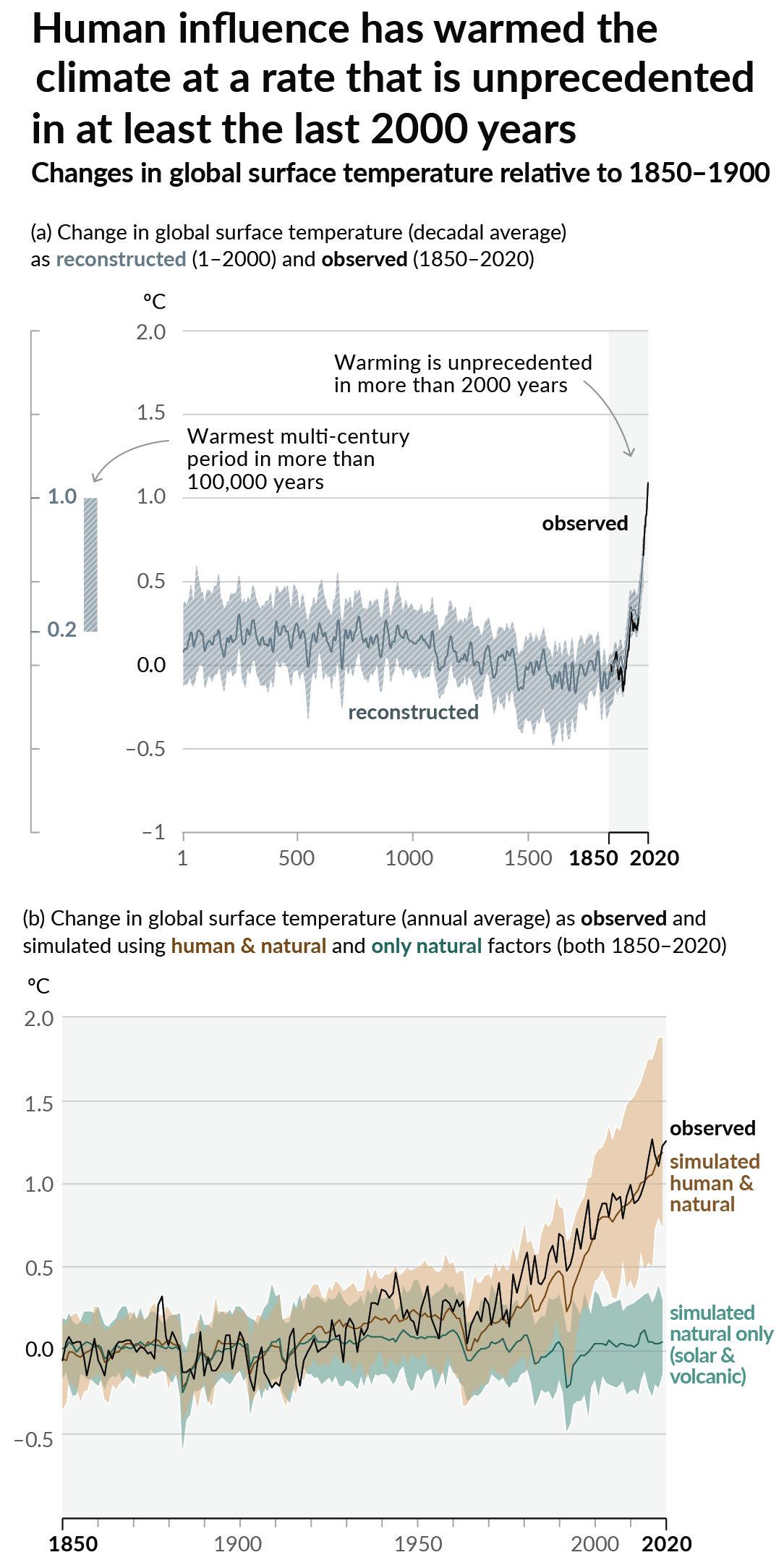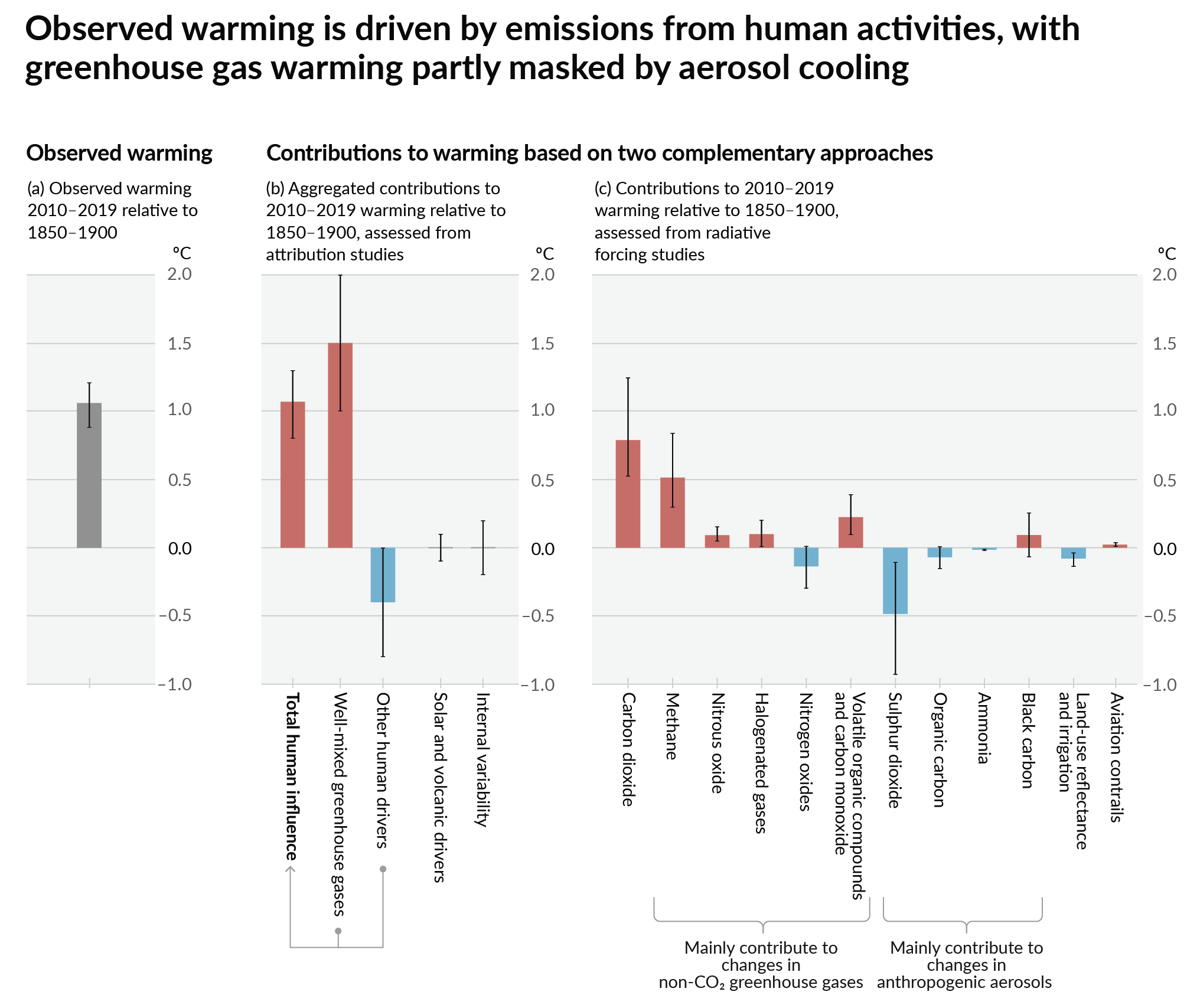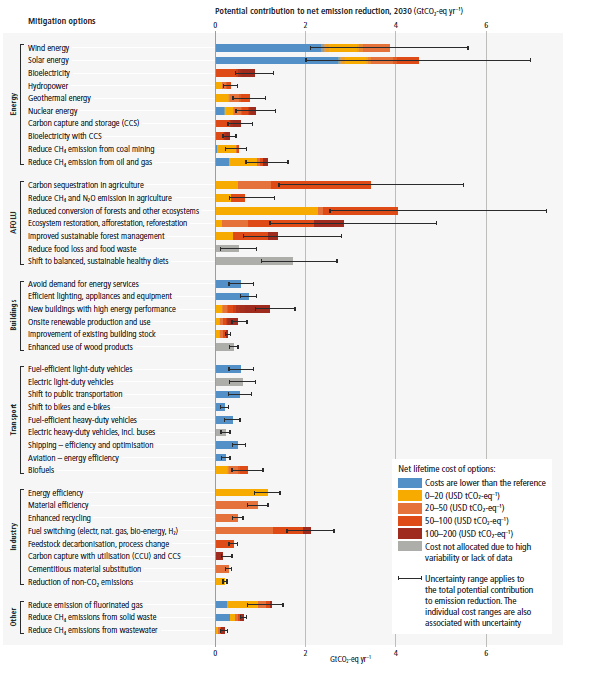“Australians have an absolute love affair with rooftop solar,” he said. “We have the highest rooftop PV penetration in the world, and it’s one of the driving forces of our energy transition.”
I wonder how this trend will continue now that Feed In tariffs have been significantly cut. Seems like more and more people are focused on installation of home batteries.
My parents installed a new PV system and it's been limited to 1.5kW peak export, or about 1/10th the systems total output. Seems a shame to have so much energy going to waste. Hard limits seem like a blunt instrument to ensure grid stability, when a more intelligent system / community battery could have utilized this energy.



